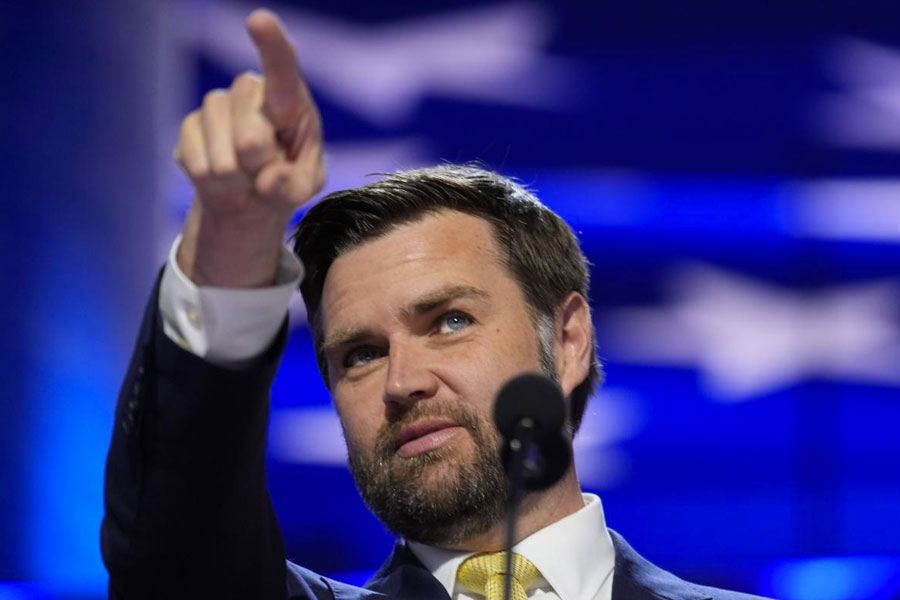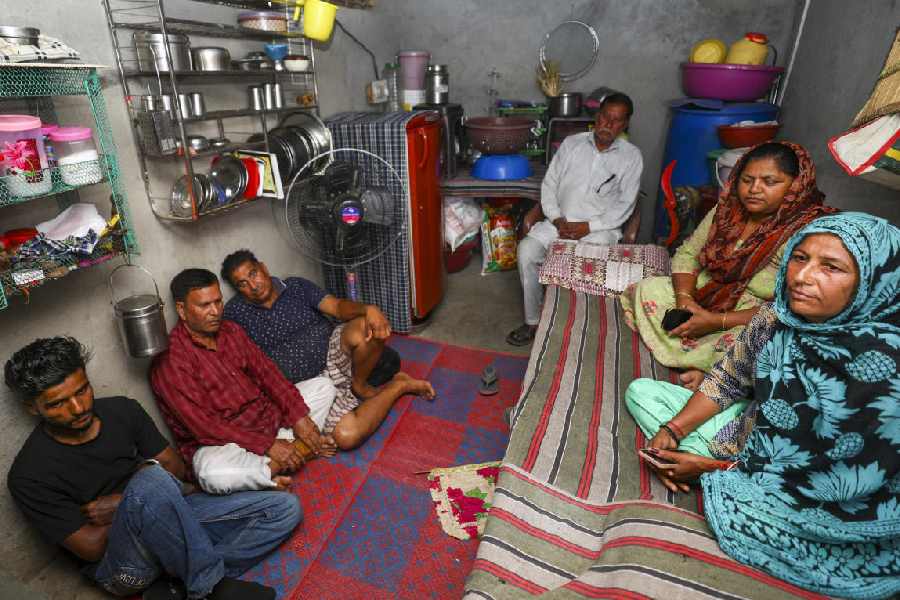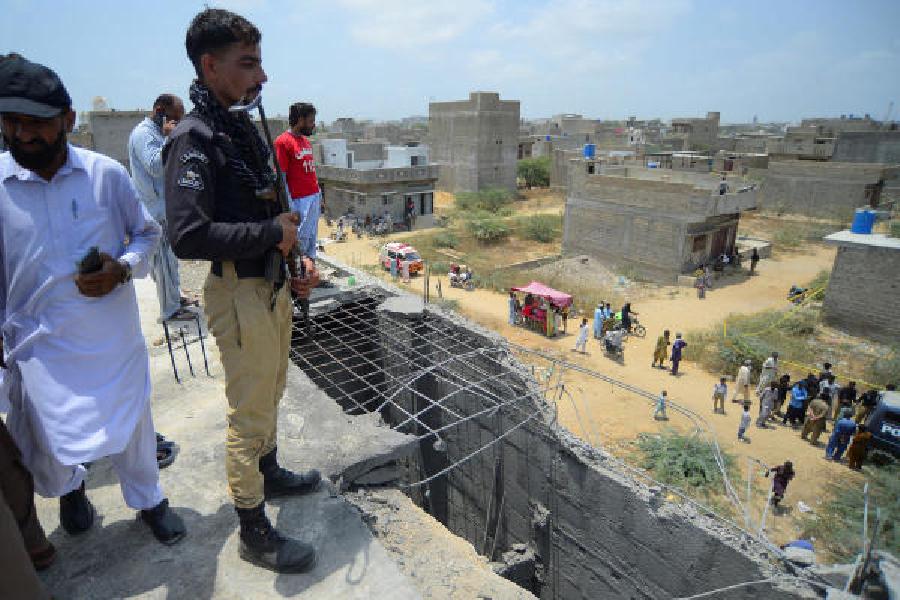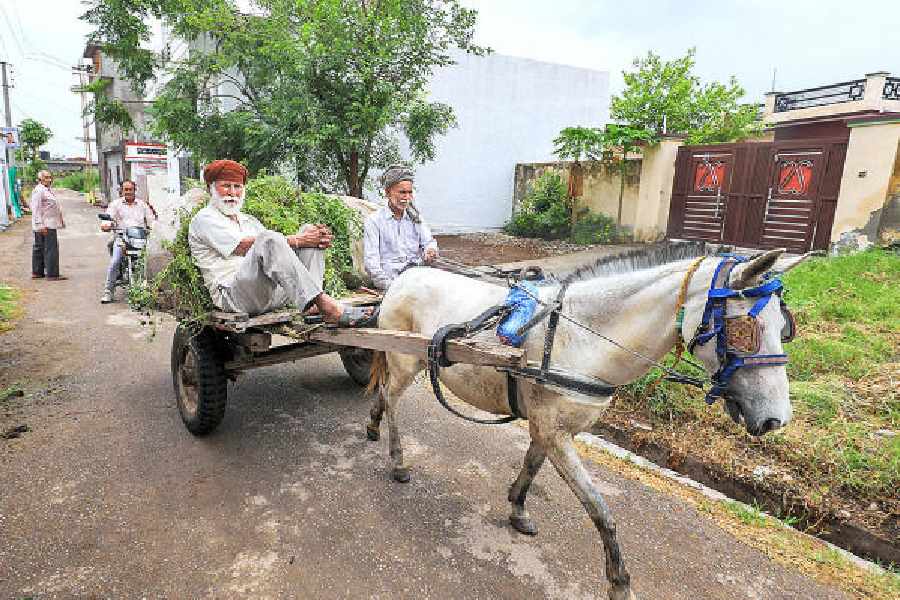|
|
| Dogma versus idolatry |
IN SEARCH OF IDENTITY: DEBATES ON RELIGIOUS CONVERSION IN INDIA By Sebastian C.H. Kim, Oxford, Rs 525
Although the ideal of “secular India” was shared by the post-independence political leaders and embodied in the Constitution, its actual implementation has not always been without tension and controversy. Nothing illustrates this better than the problems faced by the religious minorities. The people’s right to choose their religion freely is in jeopardy, and this has been exacerbated by the rapid growth of Hindutva politics. Religious conversion is a dynamic historical process, which is the prime focus of the national debates right now. Sebastian Kim examines the debates centering around conversion, from those in 19th-century Bengal involving Ram Mohan Roy to the debate between Gandhi and Indian Christian leaders, to the present-day debates sparked off by the activities of the sangh parivar.
Ram Mohan Roy openly criticized orthodox Hinduism for its practice of idolatry and put his faith firmly in monotheism. Later, after his interaction with Western thought, he became attracted to the teachings of Jesus, but found Christian doctrines too dogmatic. He faced serious opposition from the Serampore Baptist missionaries and entered into a debate with J. Marshman.
As India moved into the 20th century, the idea of a common religious identity of Hindus was promoted by the nationalist movement, especially under the patronage of the Congress. However, the nationalist leaders, including Gandhi, who wished to integrate politics with Hindu religion, faced challenge from the rising conversion of the backward classes to Christianity. Gandhi did not hide his disapproval and got into debates with missionaries and Christian leaders. For Gandhi, any change of religion was unacceptable because it was not compatible with his ideal of an India founded on traditional Hindu values.
According to Kim, the Hindu argument against conversion has always been based on religious tolerance, while Christians argue that conversion is a fundamental right embedded in the very nature of Christianity. Mass conversion in Madhya Pradesh during the Fifties led to objections from Hindus and a public inquiry into missionary activities by the state government. The resulting Niyogi report was highly critical of conversion activities, particularly among the tribals. Subsequently Hindu objections to conversion took a concrete shape in three main ways: through the introduction of Hindu “personal laws”; by limiting social benefits of converts from scheduled-caste backgrounds; and by passing the “freedom of religion” acts. Kim argues that the Hindu attitude toward conversion prompted Christians to respond, either through strong condemnation or through a reinterpretation of conversion.
In an attempt to find a common identity as Indians and yet retain a separate identity as Christians within a dominant Hindu state, the Christian theological circles developed two views, the “Christ-centred secular Protestant fellowship” and the “Hindu-Catholic” approach. The former recognizes the widespread influence of Christian values on Indian society and concludes that conversion need not require a change of religious affiliation and membership of church. The latter is based on the belief that it is not only possible but also desirable to synthesise both Hindu and Christian cultures. By the Nineties, with the rise of the sangh parivar, the Hindutva critique of conversion became sharper and more critical, even aggressive.
As the debate on conversion rages, Kim’s work should prove to be a handy reference both for policy-makers and scholars.











